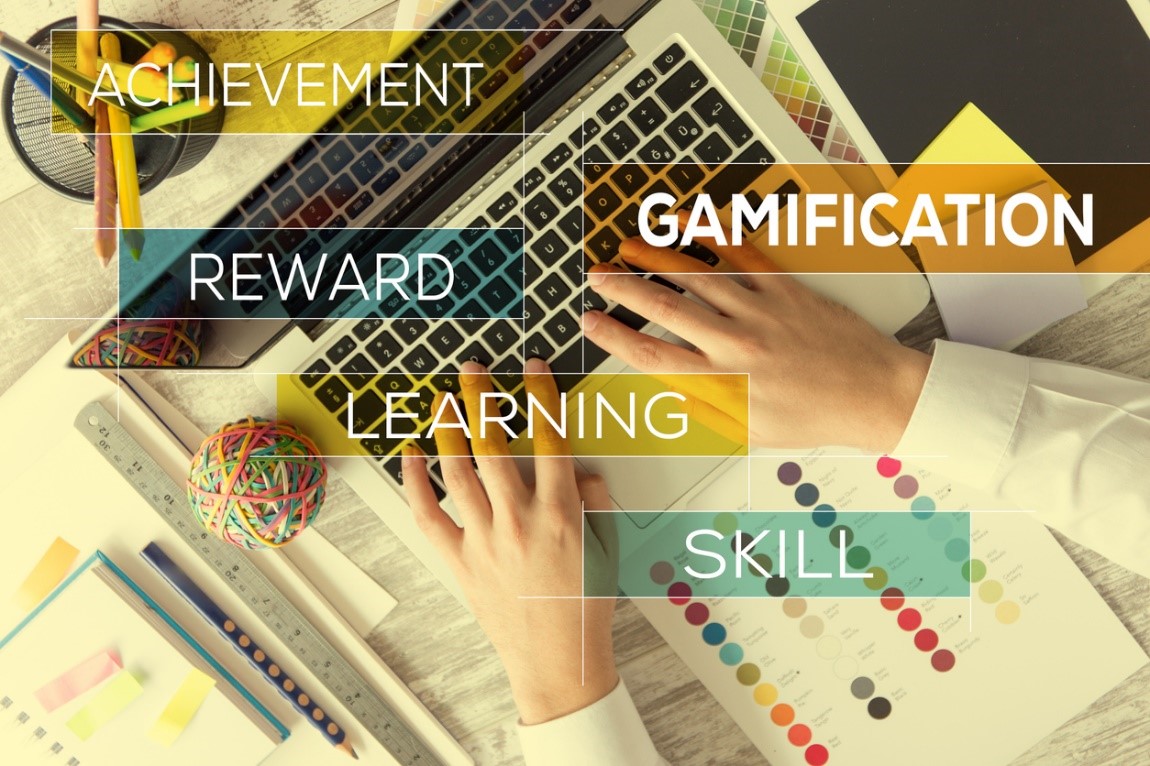Gamification: Most Popular Tips for the Best eLearning Design

How to use the features of your authoring tool to create engaging educational games.
Gamification creates learning opportunities that are fun and rewarding for your learners, while helping you achieve your educational and business objectives. Gamification is more than just an industry buzzword, and the Association for Talent Development cites that it has proven to be an effective educational strategy. Designing effective games however, often demands an investment of time and resources, as well as skilled designers who create final products that meet every intended outcome. The following list of best practices will help you to design games that meet your criteria for success as well as help your learners accomplish the intended outcomes.
Keep Your Design Simple
The golden rule of eLearning game design is to keep things simple. Your learners should be able to learn the game and begin playing within seconds. Don’t forget that your intention as a corporate instructional designer is for your end users to learn and to apply their knowledge that will benefit them on the job; learning the game itself should not be one of your educational objectives. LinkedIn Learning documented in their 2018 Workplace Learning Report that, “The #1 challenge for talent development is getting employees to make time for learning.” When learners already struggle to find time for training, they may not be able to make time for long and complicated games. Furthermore, complicated game design will mean a slower development process for the designers as well. Consider how the pre-built functions and templates of your authoring tool can be used or modified to create games or gaming elements so that you don’t have to create entire gameboards or game settings from scratch.
“The #1 challenge for talent development is getting employees to make time for learning.”
Align the Game Challenges with Learners’ Workplace Roles and Responsibilities
When the goals of the game align with learners’ goals on the job, gameplay can teach and reinforce the real-life behaviors that are expected of employees. Game rules that mimic real-life rules, settings, and structures allow learners to jump in and play, which helps them to focus on gaining and demonstrating knowledge that will benefit them outside of the game. Game challenges can also function as assessments, which are not only more engaging than the traditional multiple-choice tests usually found at the end of online courses but also help to maintain an immersive game experience. Consider tying course completion to successfully navigating the game, or by earning in-game prizes or tokens after passing game challenges.
Spend Sufficient Time Reviewing and Playing the Game During Development
Games invite learners to, well, play. Depending on the nature of your game, players may not progress through the course in a linear fashion. They may be presented with options, branching scenarios, challenges that they may initially fail and have to repeat, and other game-like elements that create situations where learners will follow diverse paths to meet the same end goal. Sufficient time must be spent during the development process to test every outcome and every possible click, with the intention of finding any bugs, traps, or broken elements. Authoring tools with built-in review and commenting functions help design teams to streamline the review process, allowing designers to give and receive feedback in real time.
Personalize Learners’ Experiences
As a child, what was your favorite Monopoly piece to play? Although the selection of your token has no outcome on the actual game, choosing a game piece that you felt represented yourself was the first way you built a connection with the game. Gamification in online courses can present modern day learners with the same option of choosing a character or avatar to represent themselves throughout the game. Personalization can continue during gameplay, through the use of branching scenarios and non-linear navigation that allows learners to make choices as to how and when they are presented with content. Consider using your authoring tool’s pre-built branching scenarios or designing your own to create interesting presentations of content that will keep your learners actively engaged in discovering more as they move throughout the game.
Make Use of Microlearning
Our previous article on Ways to Reuse Content Successfully Using a Rapid Authoring Tool explored various delivery formats that can be used to present your content. Gamified courses are excellent places to include diverse media. For example, imagine your learner is a new hire, tasked with moving throughout the office building and meeting representatives from different departments across the company. Maybe some departments present a short video, or infographic, or a recording of a presentation to introduce the learner to what that department does. This content could be curated from other resources across the company, but will take on a new life when packaged together in an onboarding game for new employees. Use your authoring tool to copy content from one course to another and implement game-like elements to engage your learners the moment the course launches.
